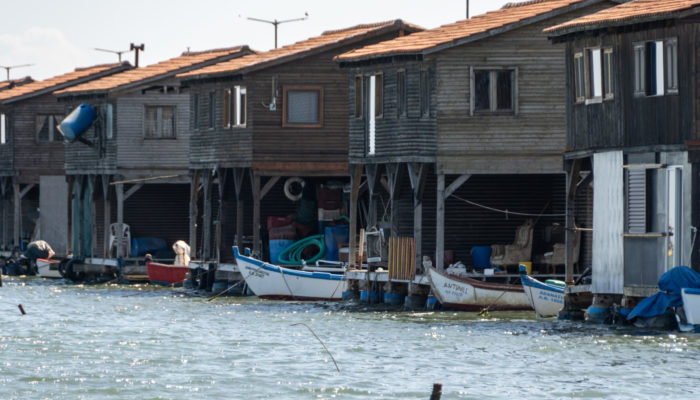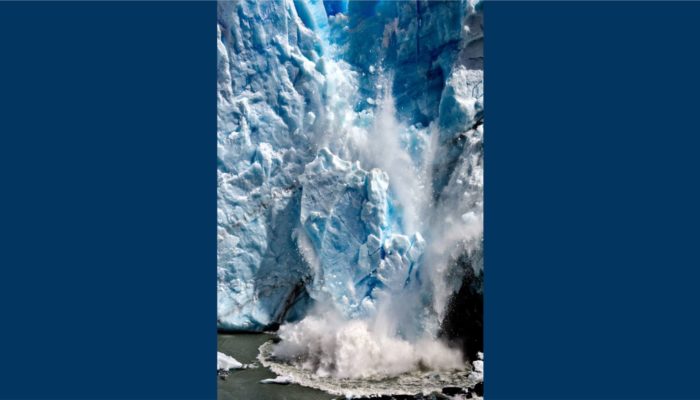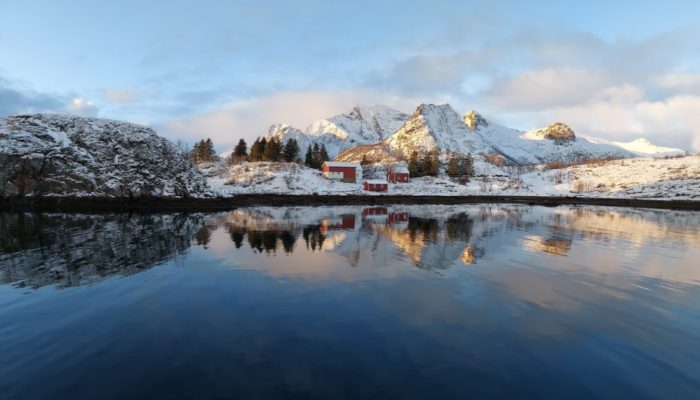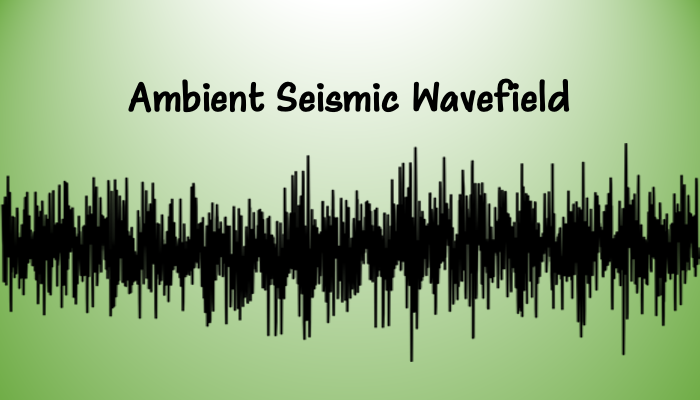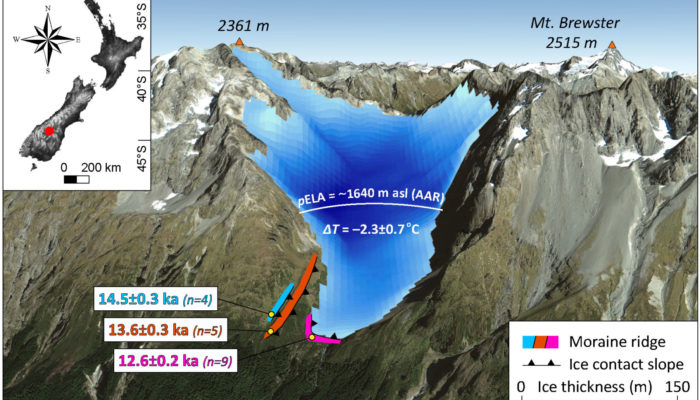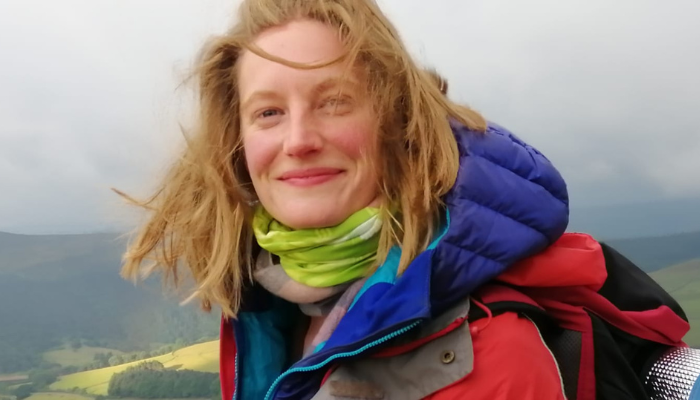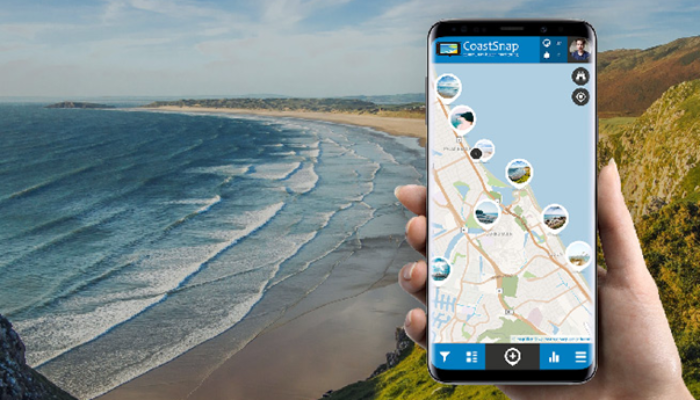Over 70% of the Earth’s surface is covered by seas and oceans but in the geological past the extension of sea and land has varied several times as sea level changed over time. During the past millions of years, the oceans have cyclically retreated and expanded with the alternating of warmer and colder climatic periods in consequence of the astronomical motions of the Earth, repeatedly changi ...[Read More]
If you didn't find what you was looking for try searching again.
GeoLog
Imaggeo On Monday: the EGU Photo Competition – dynamic geoscience
In 2010 EGU held our first annual Photo Competition at the General Assembly in Vienna. Since then hundreds of photos have been shared on imaggeo by geoscientists and researchers just like you, with a lucky few being selected each year to be highlighted during the meeting and voted on by our members. These images can be of anything to do with geology or geoscience – we get many beautif ...[Read More]
Natural Hazards
Unravelling the Complex Drivers of Wildfires in the Era of Climate Change
In the last decades, the strength of climate change has been evident across the globe in many weather and climate extremes occurrences, including heatwaves and droughts. Those events are involved in all fire stages and influence all aspects of the fire regime [1]. Climate change is driving unprecedented wildfire in the Mediterranean region The Mediterranean region is a climate change hots ...[Read More]
Cryospheric Sciences
Arctic Frontiers Emerging Leaders
Here on the Cryoblog we often talk about the impacts of climate change in the Cryosphere. So now for something completely different: how does this fit into sustainable development in the Arctic? Here, I take you on a journey through the Arctic in a round-up of the recent Arctic Frontiers Emerging Leaders program, a unique early-career and mentoring program bringing together academic, industry, ind ...[Read More]
Geodynamics
Ambient seismic wavefield: how noise can be a signal
Every now and then, the surface of our planet shakes violently during earthquakes like the recent magnitudes 7.8 and 7.5 Kahramanmaraş Earthquake Sequence in Türkiye. These vibrations are recorded by instruments called seismometers and are then processed and analyzed by seismologists to study the earthquake processes themselves as well as other deep Earth structures. Interestingly, seismometers al ...[Read More]
Cryospheric Sciences
Enigmatic Climatic Event: Antarctic Cold Reversal
In this week’s blog, Levan Tielidze tells us about the insight into the response of mountain glaciers to the Antarctic Cold Reversal (ACR) event in New Zealand to better understand the climatic history of the Southern Hemisphere during the last deglaciation. The ACR was a cold period occurred in the Southern Hemisphere during the transition from the last glacial period to the current interglacial ...[Read More]
GeoLog
Women claim their space in science and encourage you to do the same!
The world we live in today has innumerably more career options than our parents and their parents did. But women and young girls continue to be a minority when it comes to careers in science. Experts call this the “STEM Gap”, where STEM stands for Science, Technology, Engineering and Mathematics. According to a UNESCO report, women still only make up 28% of the STEM workforce. Two of the leading r ...[Read More]
Hydrological Sciences
From Physics to Interdisciplinary Climate Science: Interview with Florentine Weber, Early Career Scientist Representative
Kirsten M Florentine Weber, is the Early Career Scientist (ECS) representative of the Hydrological Sciences division of the EGU. She just finished her PhD and is starting a post-doctoral fellowship in 2023. As ECS representative, it is her job to help young researchers to navigate the community – to inform them about their opportunities, to listen to them, and give them a voice within the E ...[Read More]
Geodynamics
A voyage between different tectonic modelling worlds: from sandbox to supercomputer
A voyage between different tectonic modelling worlds: from sandbox to supercomputer
Natural Hazards
Discovering the CoastSnap project – Interview with Dr Mitchell Harley
CoastSnap is a global citizen science project aiming at monitoring the changes in our coastlines due to processes such as storms, rising sea levels, and human activities using smartphones. We will discover more about this promising project by chatting today with Dr Mitchell Harley, founder of the CoastSnap program. Mitchell is a Researcher and Senior Lecturer in the School of Civil and Environment ...[Read More]

